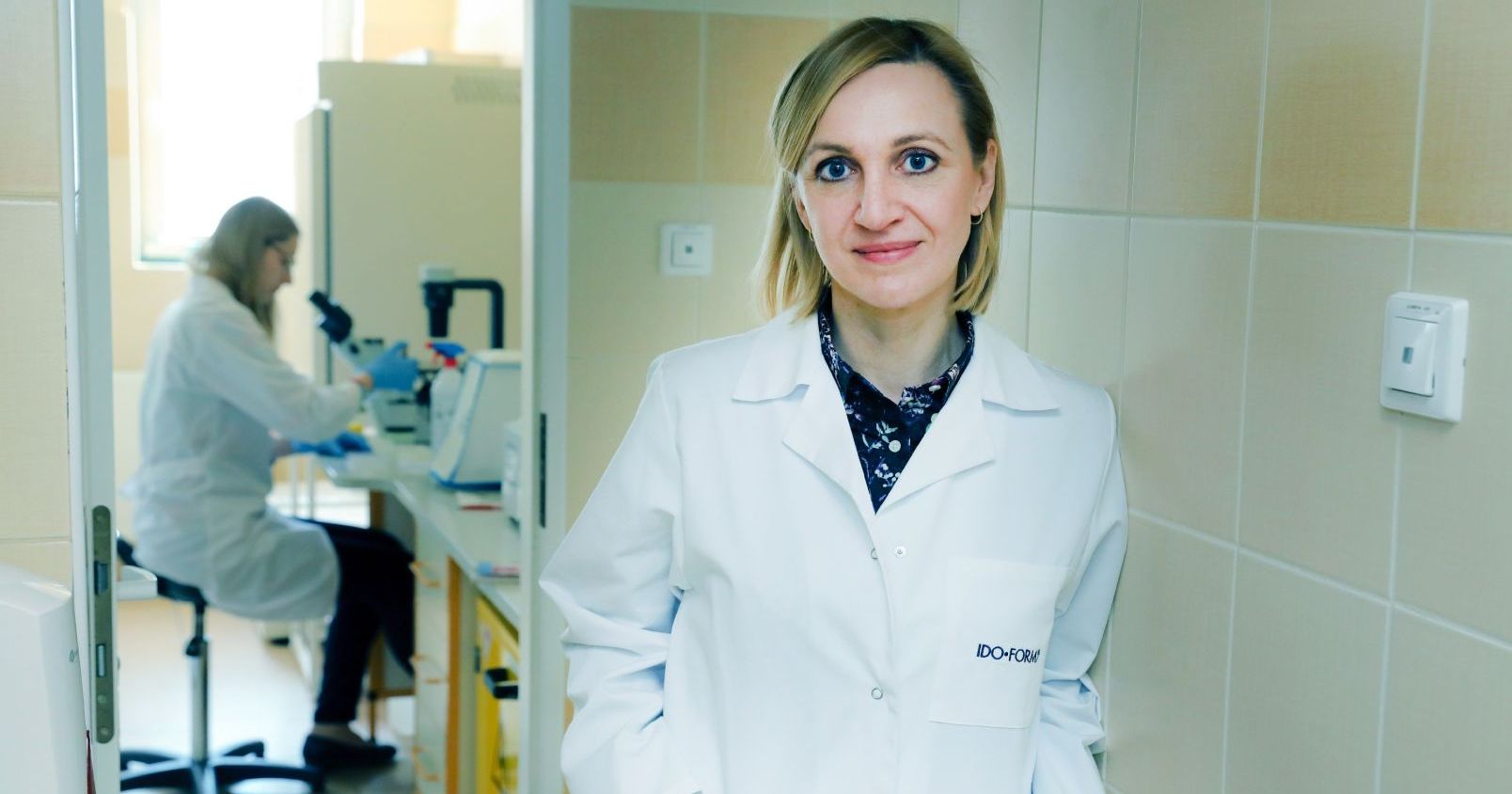 Natural sciences
Natural sciences
Health Algorithm
Computers which recognize pneumonia, detect cancerous cells, diagnose bone fractures and help in designing medication – artificial intelligence is combatively entering into hospitals and pharmacies. Anna Bajek from Collegium Medicum, Dr. habil, NCU professor is telling us about the use of algorithms in medicine and pharmacy.
The year of 2021 was announced the year of artificial intelligence and the beginning of a new era in pharmacy. At the moment, the application of computers in medical, pharmaceutical and biotechnological fields is not only an idea, an interesting concept, but a reality and a business demand. Anna Bajek, Dr. habil. and NCU professor from the faculty of Medicine of Collegium Medicum, NCU, and Krzysztof Roszkowski, prof. Dr. habil from the Faculty of Health Sciences are coauthors of publication: “Machine learning in drug design; use of artificial intelligence to explore the chemical structure-biological activity relationship" published in Wiley Interdisciplinary Reviews-Computational Molecular Science
A gifted learner
There is no single definition of artificial intelligence. It follows the natural cognitive process, actions taking place in human brain. – If we were to say in general what artificial intelligence is, we could describe it as a computer system modelled on human intelligence – says prof. Bajek. It is applicable in every field of science.
Artificial Intelligence may revolutionize almost all aspects of medicine, from diagnostics to patience care, designing medicines, selecting the proper dose of medication to even economic aspects. Its application in Poland is still not fully taken advantage of, yet the period of the pandemic of Covid-19 has proved that technologies of this kind are becoming indispensable.
Taking advantage of the benefits of artificial intelligence is possible through teaching the computer certain selected functions of the human brain. This process is complicated as there are multiple companies on the market which currently offer various data bases, based on various mathematical models. Scientist use mainly two methods of teaching computers. The first and the easier one is machine learning. Simply speaking, what is applied in it is well defined feature bases, mathematical rules, mathematical operations and algorithms in order to force the computer to learn, for instance picture recognition. - Let us image lungs X-ray during the pandemic of Covid-19 – says prof. Bajek. We have plenty of patients to examine, and, in addition, it turns out very often that the very X-ray is not enough as it is not a sensitive enough diagnostic method, and that the patient needs to undergo CT scanning. Every result has to be described by a radiologist. The time for diagnosis is getting considerably longer. We can tech a computer how to recognize a disease by showing it images of sound lungs and those with lesions which suggest pneumonia.
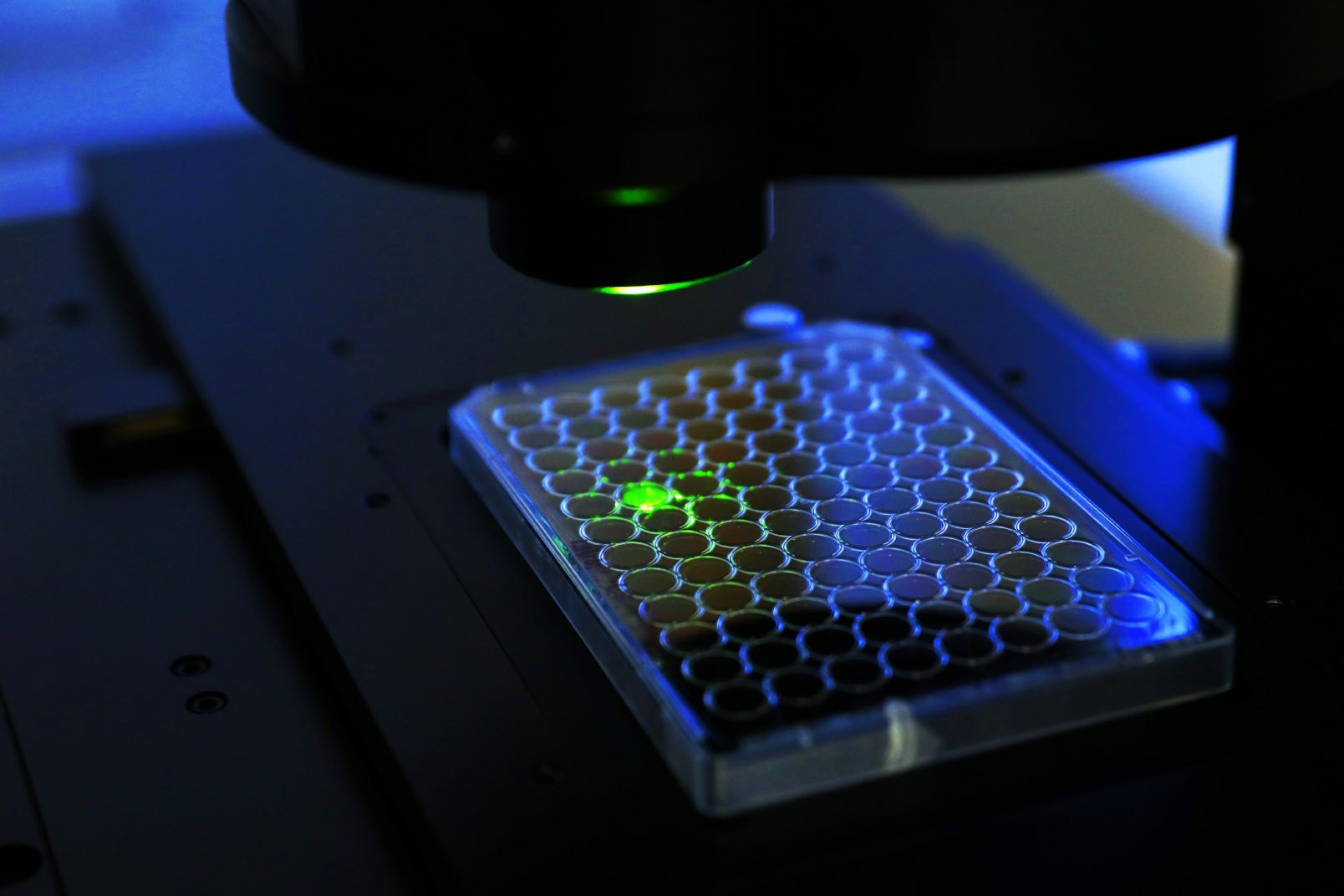
The more images we show to the computer, the more efficient the algorithm will be. After such education, and at the initial stage of X-ray image evaluation, a radiologist will be considerably offloaded as the lesion algorithms suggested by the computer will already have been marked. During the pandemic of Covid-19 this method was widely used all over the world as the machine was able to recognize pneumonia caused by the virus. Due to this, medics managed to shorten the time of waiting for initial diagnosis, which occurred to be very helpful.
Advanced level
A computer can be taught almost everything, most of all recognizing cancerous lesions, which is already used in breast cancer prevention. A computer is prepared to differentiate between correct and incorrect mammograms which signify cancerous lesions. Research has shown that the algorithm in this matter is more sensitive than the human eye. Artificial intelligence is also used in orthopedics to diagnose fractures, in pathomorphological testing to assess formulations, and in designing medicines.
The latter application is the most complicated as it usually requires a different learning method, which is deep learning in order to create an appropriate network of neurons used in further analysis. The computer has to be educated longer, and at the very beginning it has to collect a huge data base (during medicines design, millions of chemical particles are analyzed).
This learning method requires, in a simplified form, a construction of mathematical model of a biological nervous system – explains the director of Section of Tissue Engineering in The Chair of Urology and Andrology of CM NCU. – In the same way the neurons in our brain are responsible for associating some facts or searching for relations, here are created certain neuron networks due to which the computer may on its own search for a relation – i.e., it knows what is the illness that it is searching medicine for, and from millions of chemical particles it can select the right one. It may also predict side effects, if we decide to make it learn this.
In order to achieve this, data are introduced from hospital observations, medical charts, prescriptions, or even from insurance demands. This is a great load of information, especially that every medicine may have different impact on an individual patient. – In order to enter the pharmaceutical market and to be applied in clinical practice, medicines must undergo clinical testing – explains prof. Bajek. – this very often connects with high costs amounting milliards of Polish zlotys, and very often these are international tests which require time. Since the very moment of finding an appropriate substance t takes on average 12 years for it to be introduced onto the market. At the end, it turns out that the probability of the success of all medicines and vaccines is only 13 proc., and of oncological medicines, which we are dealing with, a little of 3 proc. higher. This means that only one out of thousands of particles will become a cure.
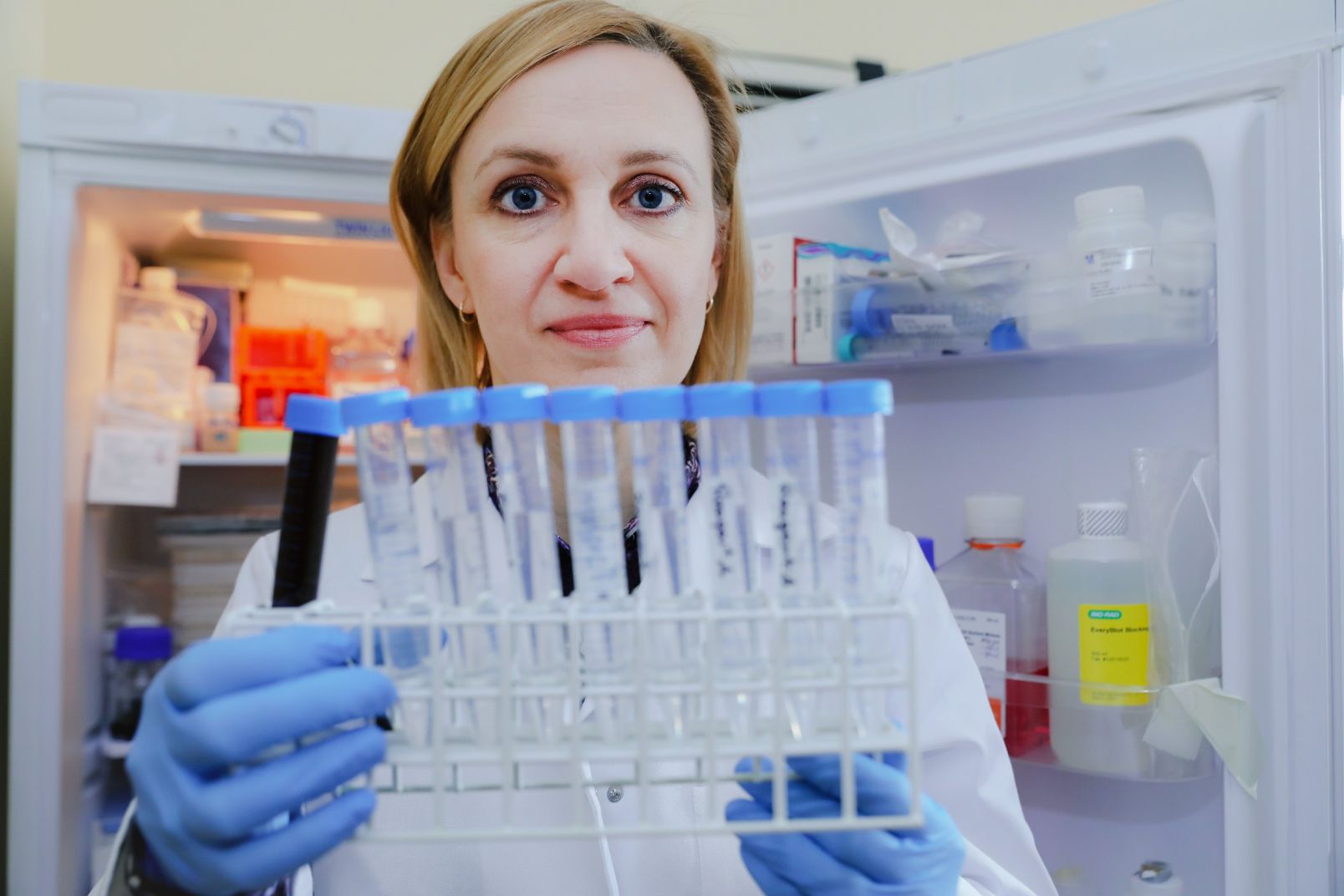
Andrzej Romański
Prof. Bajek assures that artificial intelligence may be responsible for the initial phases of the clinical research, in which toxicity is checked. The computer will analyze data and indicate that, among 100 particles only one is potentially toxic and it is the one worth elaborating on. In clinical testing, a lot of aspects related to the impact of a particular particle on the human organism are tested. What is analyzed is everything we read in the leaflet, e.g., if we have to take the medicine on empty stomach or after a meal, drink water during the intake of a pill or if we can mix it with other substances, with what illnesses we shall remain particularly cautious. What else is tested is the route of administration to know how much of the active substance gets into the organism. It is assumed that if the medicine is administered intravenously, all medicine gets into the organism. Oral administration of the same medicine certainly is not as effective, although there are medicines whose absorption is only 3 proc. and yet they work very well. All of these processes may be obviously tested with the use of traditional methods, for instance testing on animals, but due to artificial intelligence today we may already reduce the number of these experiments and considerably shorten the time required – says prof. Bajek. – Pharmaceutical concerns are already using this breaking-through solution. It turns out that using the computer we may work very efficiently and quickly search data bases of chemical compounds, and using our current knowledge we may select better connections taking into account their low toxicity and high effectiveness. At the same time, we may search for new applications of already existing medicines, which seems very promising. Scientists have run research which shows that when one illness is treated with three types of medicines whereas the computer has found 10 effective ones.
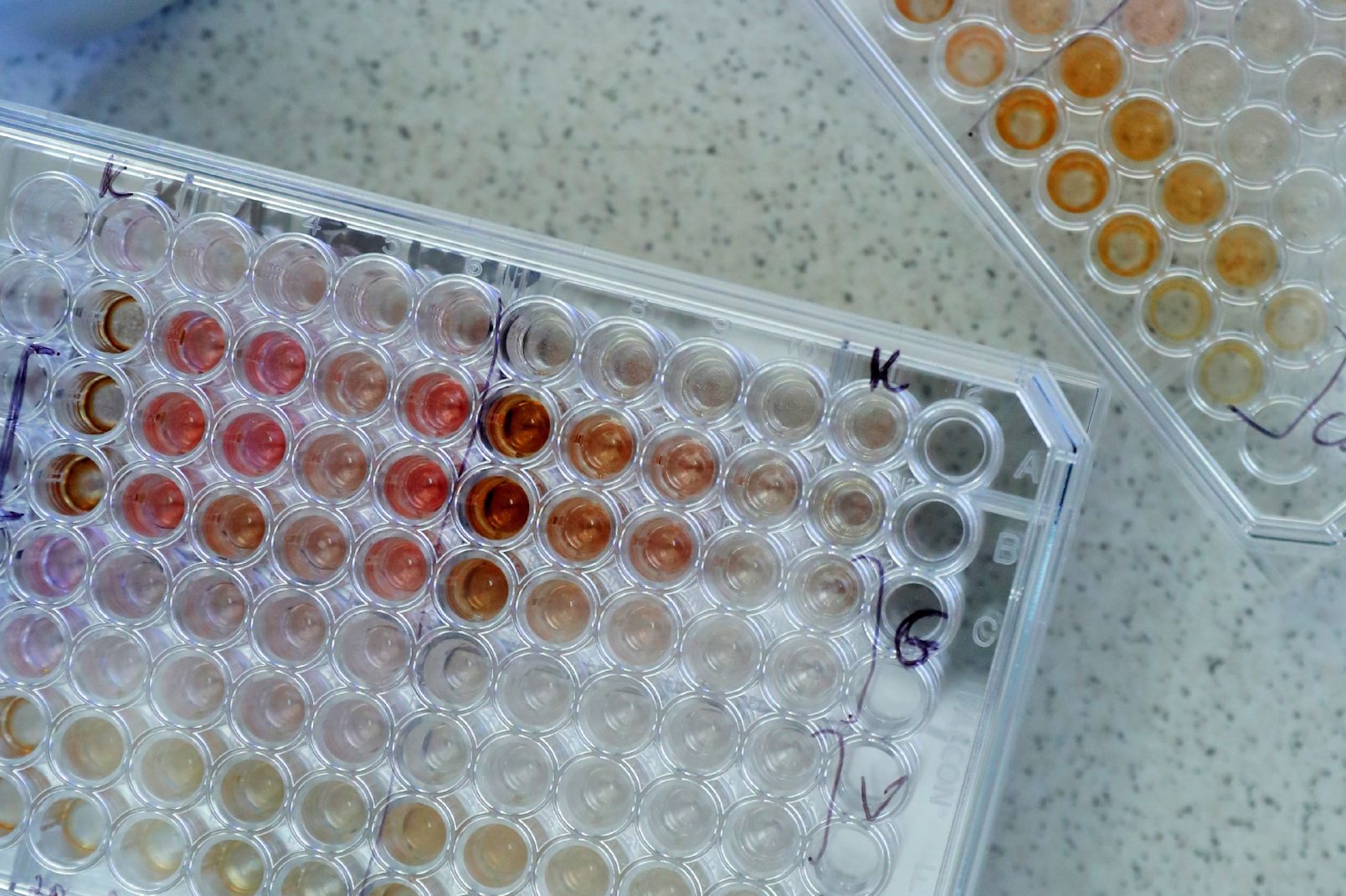
With the money granted within the program Initiative of Excellence, the scientists from Collegium Medicum, NCU have bought a microscope which enables, most of all, to create databases used in making neuron networks. – We wanted to make our work easier – reveals prof. Bajek. – We are cultivating cultures of human and animal cells, proper cells and cancerous cells, testing their sensitivity to various substances with cyto-toxic potential. These analyses are one of the most important indicators of biological evaluation in in-vitro testing, and it is very vital to receive credible and repeatable results. Therefore, we decided to teach the computer distinguishing between live and dead cells in order to improve the quality of the research.
Cells on the line
The work with artificial intelligence, in case of laboratory of prof. Bajek and the research conducted, starts with the purchase or derivation of cell lines. There are a lot of companies in the world which, for many years, have been offering cell lines commercially.
We work in the Chair of Urology and Andrology and therefore we often analyze cells of urinary and reproductive systems – explains prof. Bajek. – When we want to test, for instance, if a given substance has an impact on cancerous cells of the urinary bladder, while planning the experiment we act in two ways. We create a cancerous cell model and a model of healthy cells which are our reference point and control reference in our analyses.
At the beginning, we run laboratory research, and after optimizing in-vitro cultures of such cells, they go under the microscope which takes thousands of photos of them to be able to learn to correctly recognize a given cell. – A lab technician with some experience finds it easy to evaluate a picture seen under the microscope; we see what the cell is and what it is not, what the remains of a cell are and what is the artefact – explains Łukasz Kaźmierski, M.SC. from the Chair of Urology and Andrology. – Such simple recognition of objects is however extremely difficult for a computer, and in order to make it able to recognize them well in the future, it is necessary to describe (index) the data which will be used in learning an algorithm. Every cell must be manually indexed as the one developing properly or the one which has fallen apart, and it is also important to indicate contamination which could have got onto the glass analyzed so that they are not interpreted by the computer as cells. To make the whole mechanism function properly, thousands of pictures are needed.
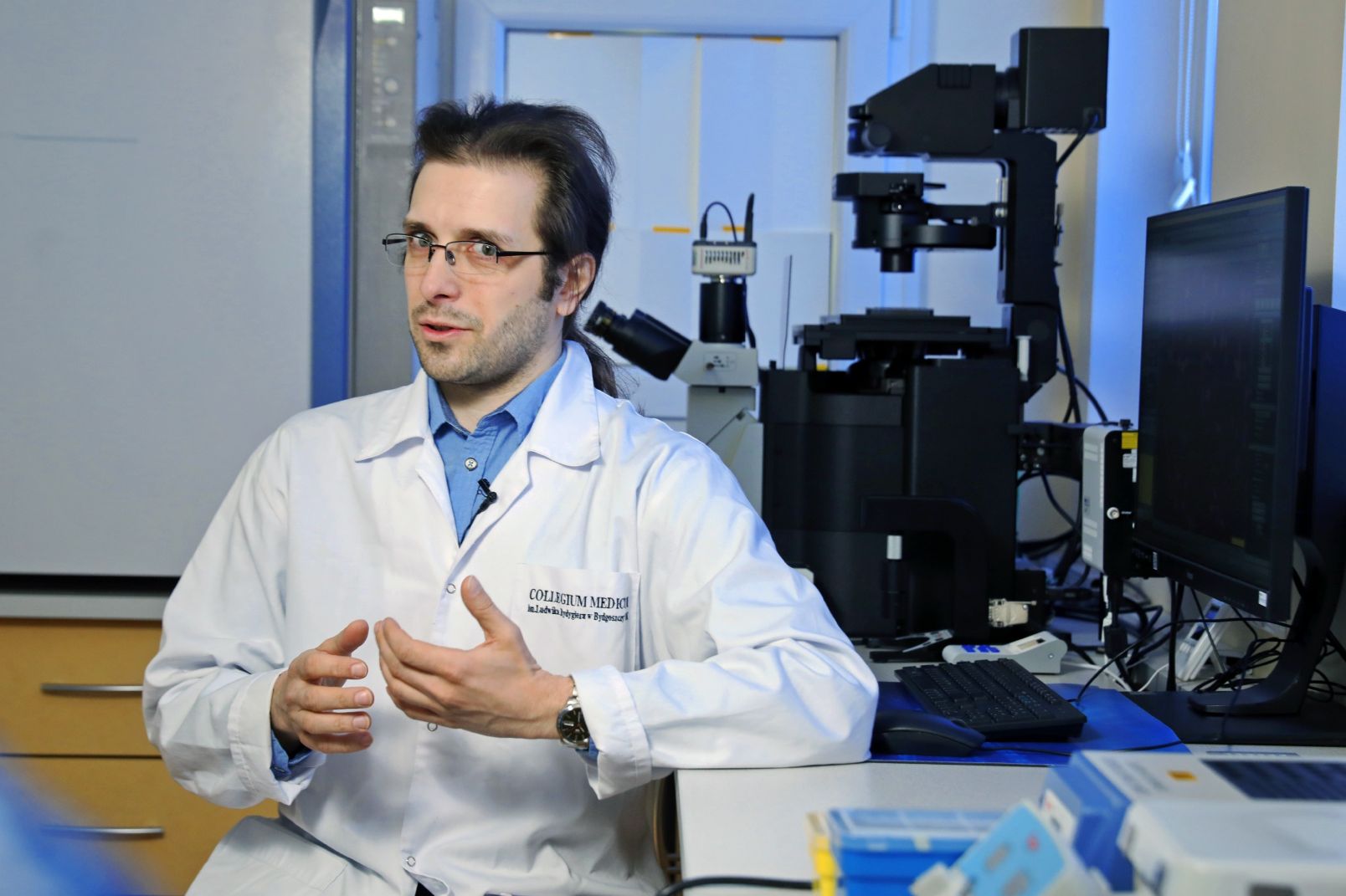
Marcin Behrendt
The scientists from Collegium Medicum admit that, at the moment, they are using this technology in basic research. They would like to further develop the application of artificial intelligence in the context of testing medicines and precise oncology, as well as adapt available methods in order to increase the sensitivity of the analyses and facilitate work in this area. We know that in some applications computers will be more precise than a human, and their use will help us eliminate such human problems as tiredness and haste. – There is no border line for this research, when we end one phase, new possibilities open – says prof. Bajek. – These are solutions which are to help in decision making, especially when time matters. It is necessary to remember that machine learning requires great knowledge, patience and time. One must not be afraid of new technologies in the medical world. At the beginning and at the end of this process there is always a human who defines the knowledge. Artificial intelligence serves to complete the work of medical doctors and is their assistant.
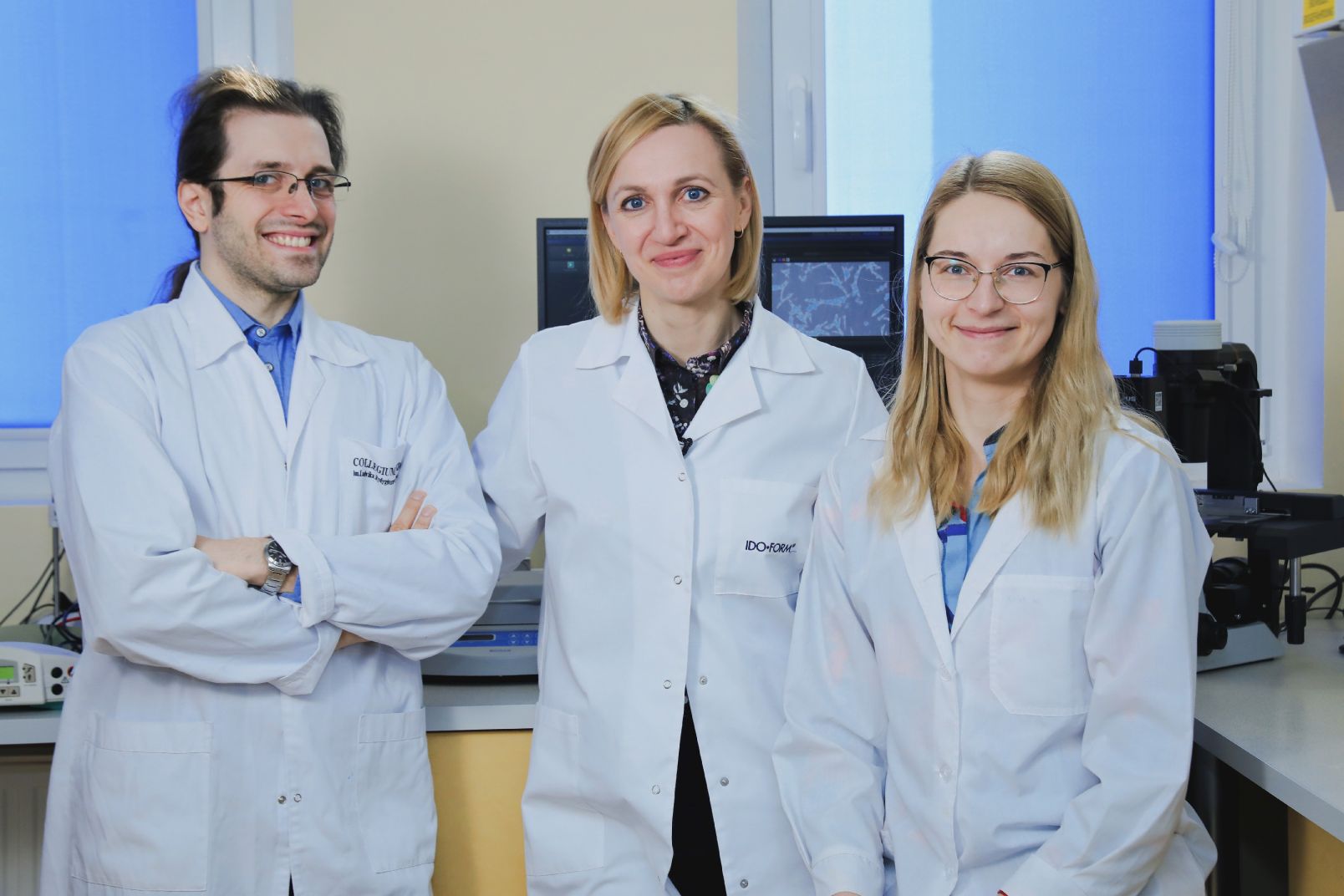
Andrzej Romański
The team of prof. Bajek are also interested in other new technologies which may be applied in clinical practice. These are 3D bio-prints or virtual reality. The latter is especially being worked on and raises a lot of hope.
 NCU News
NCU News






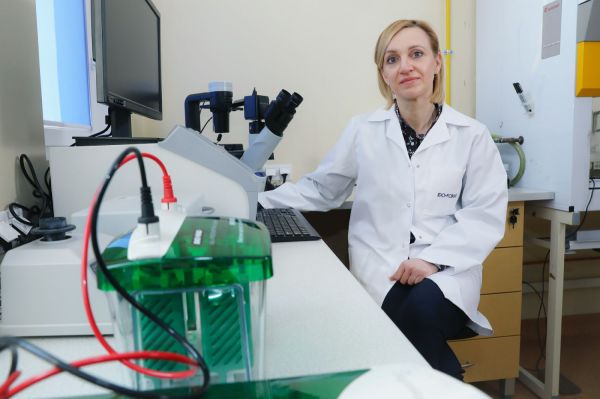
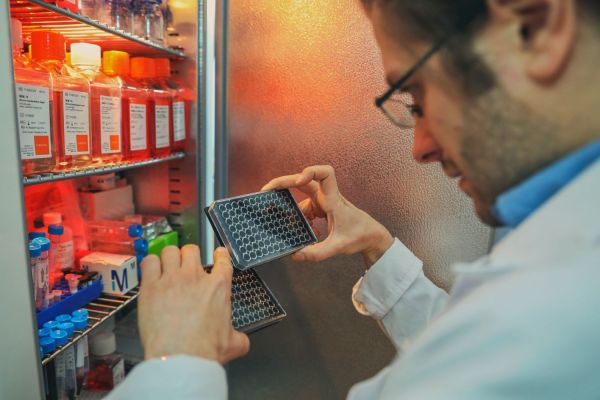

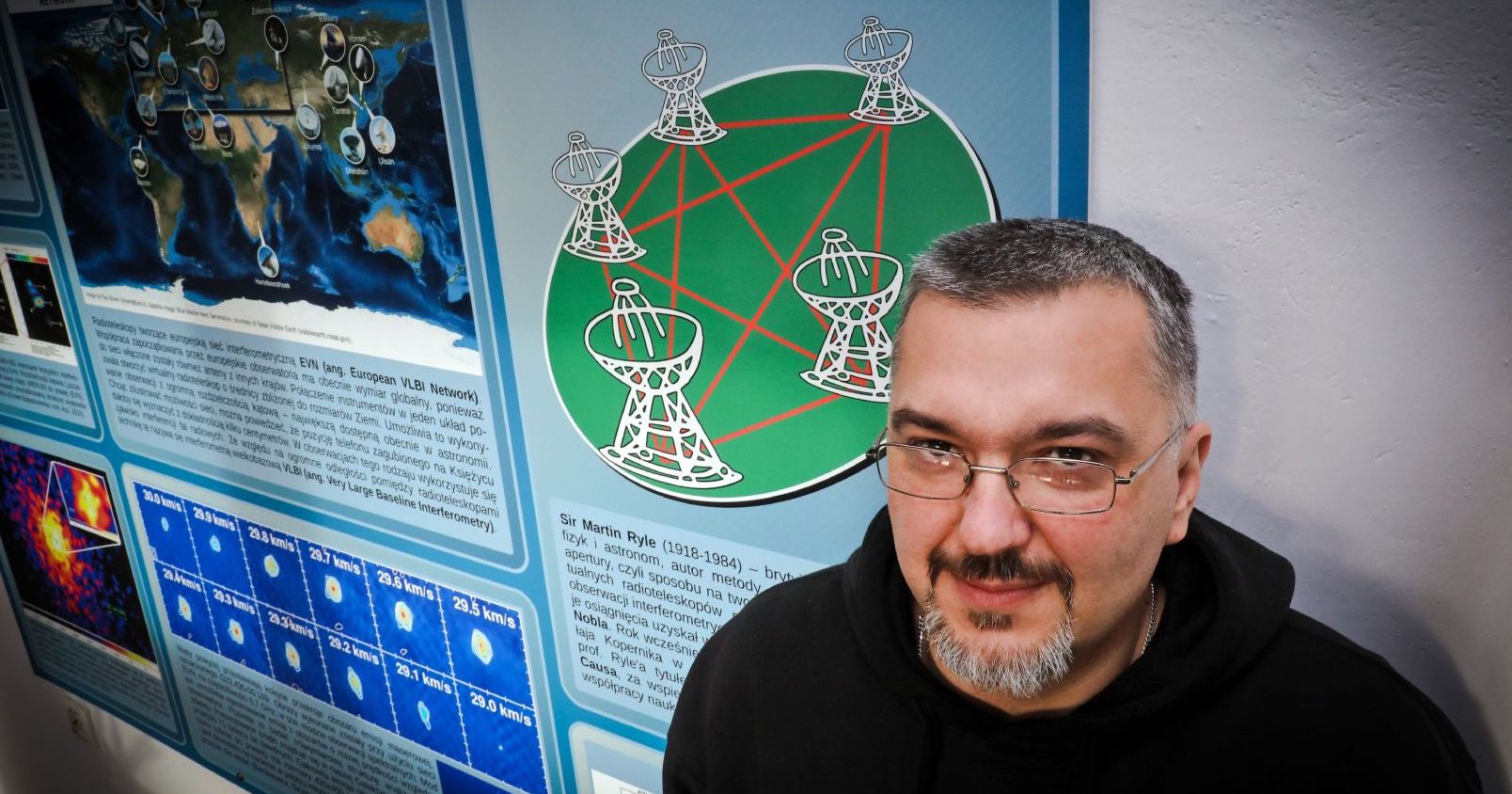 Exact sciences
Exact sciences

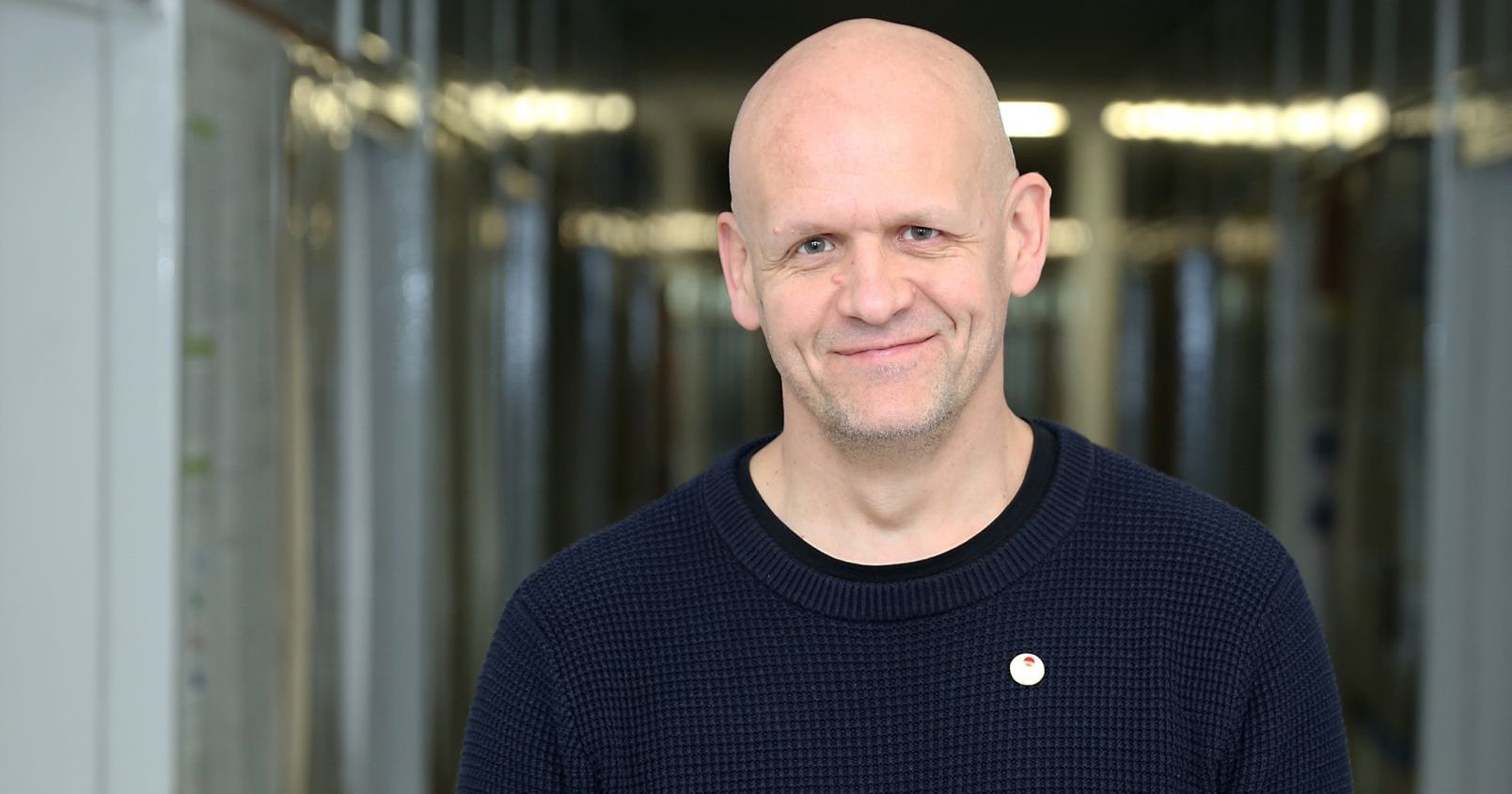 Natural sciences
Natural sciences